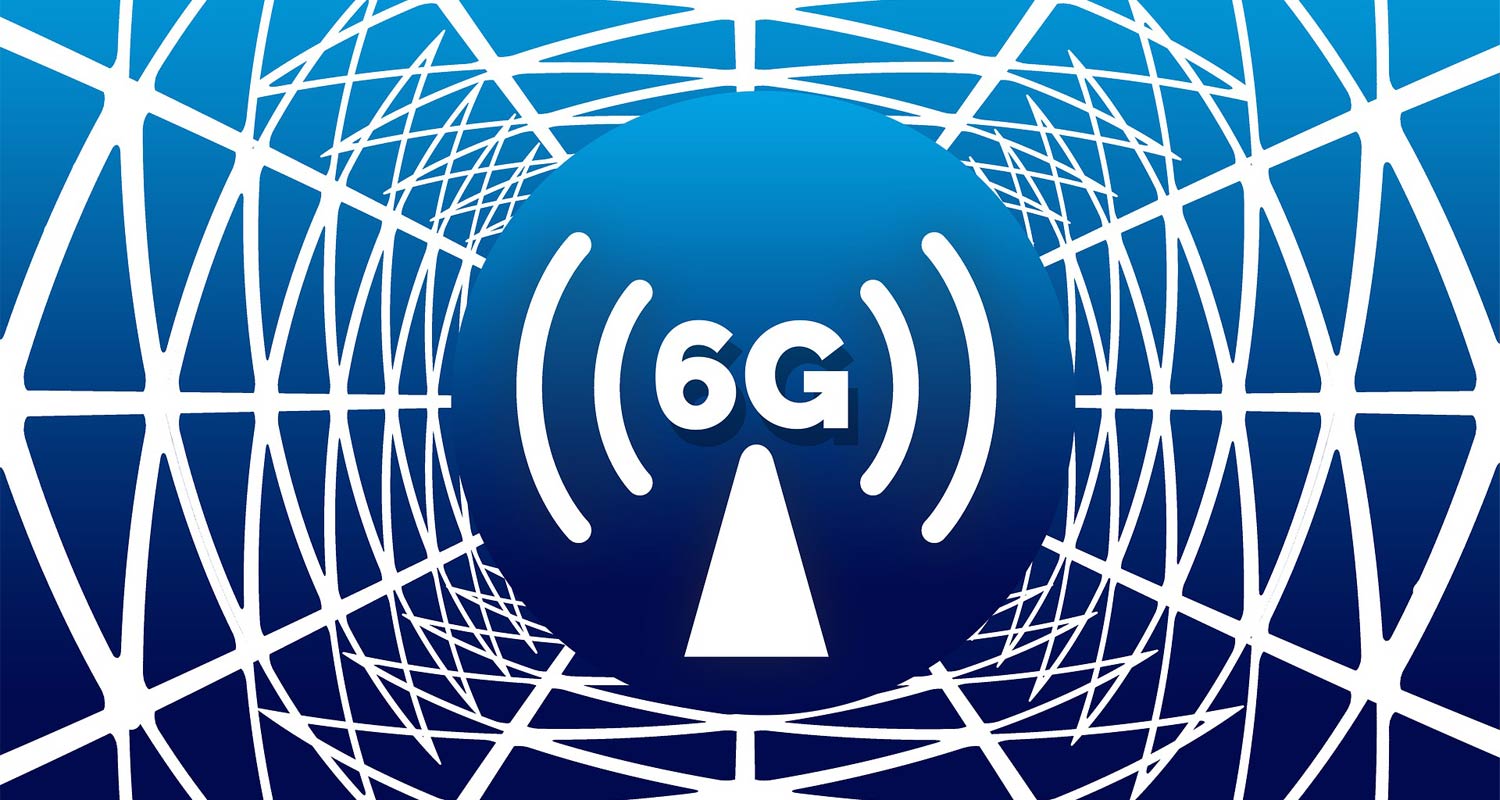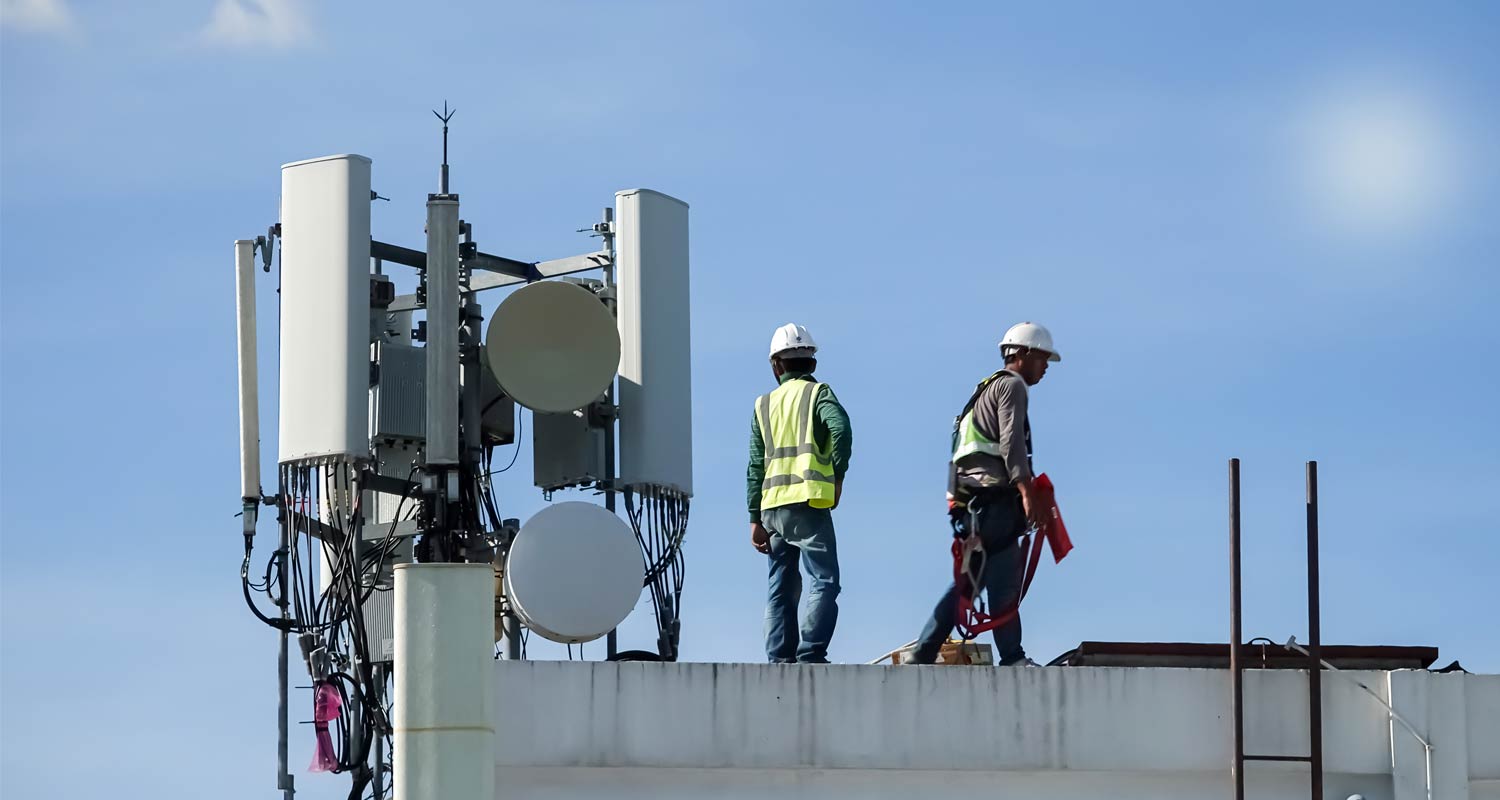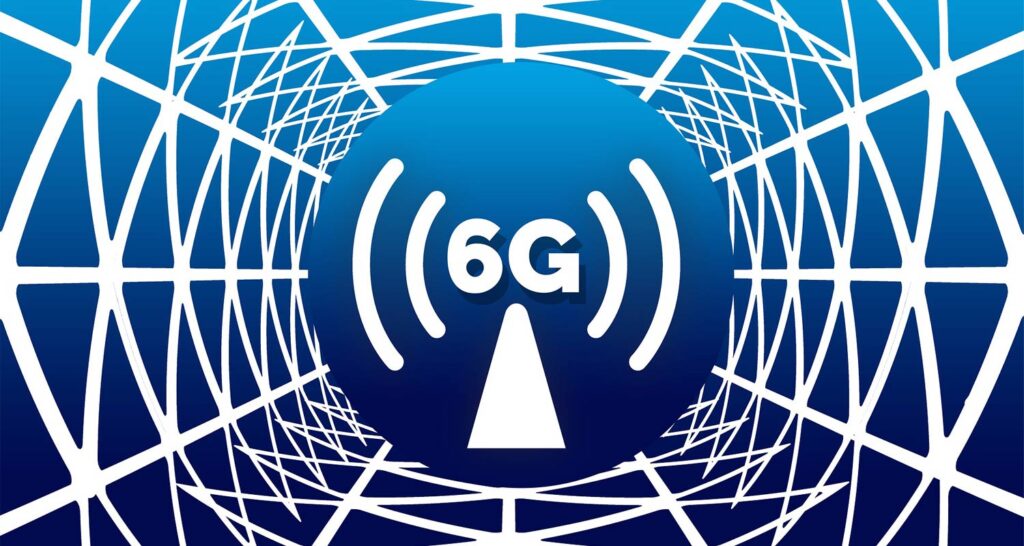 most south africans Although we haven't experienced 5G technology yet, 6G, the next generation of wireless services, is already in active development.
most south africans Although we haven't experienced 5G technology yet, 6G, the next generation of wireless services, is already in active development.
Nokia Bell Labs, Ericsson, and Huawei Technologies all predict that the 6G era will enable advances in virtual reality (including the Metaverse), near-instantaneous data transfer, the Internet of Things, artificial intelligence, and robotics. efficient network.
They say this technology is poised to unlock the full potential of the Internet and propel humanity into a new technological era. But what is a 6G network and when will it be commercially available?
6G networks represent the next generation of wireless communication technology designed for mobile systems, building on the foundation laid by previous generations, especially 5G. Operating on new and unused radio frequencies, 6G networks integrate advanced technologies with AI at their core.
The main purpose of 6G is to provide faster and more reliable connectivity, but it's just the beginning. It utilizes higher frequencies and provides significantly better throughput. It promises to allow more devices to connect at the same time and significantly reduce latency (network round trip time) without compromising speed or quality. The goal is to achieve communication with a minimum latency of just 0.1 milliseconds, compared to the best-case latency of 1 millisecond that 5G can provide.
6G network features
A key aspect of 6G includes the use of very high frequency waves, commonly referred to as millimeter waves, in the radio spectrum. These radio frequencies are capable of carrying more data than 5G networks, some of which already use parts of the mmWave band.
Additionally, 6G will push the boundaries of the radio spectrum even further, reaching very high frequency levels of 300 GHz and potentially even into the terahertz range. This increases speed significantly, but only over very short distances.
The impact of 6G extends beyond just improving wireless communications. This technology has the potential to revolutionize public safety and protection of critical assets by detecting threats, enabling real-time health monitoring, and improving facial recognition technology. It could also contribute to air quality measurements and help monitor gases and other toxins in the air.
Comparing 6G and older technology
Each generation of wireless cell phone technology, such as 3G, 4G, and 5G, has brought increased bandwidth speeds and network capacity.
The 3G network primarily facilitated voice calls and text messages, and also had basic internet access. 4G (also known as LTE) has made significant advances in speed and capacity. With peak speeds of around 100Mbit/s at launch, 4G enabled faster downloads, smoother streaming of high-definition video, and the advent of true wireless broadband.
Read: Wi-Fi is about to get smarter
The recent transition to 5G represents a paradigm shift focused on connecting the Internet of Things and industrial automation systems. 5G is also extremely fast, up to 100 times faster than 4G. It aims to overcome the challenges faced by his 4G in crowded places and connect a wide variety of devices, from smartphones and tablets to smart home appliances and industrial equipment.
 6G is expected to be even faster, with claims that speeds could reach 1Tbit/s or 1,000Gbit/s. This exceptional speed ensures seamless streaming, lightning-fast downloads, and real-time data transfer. 6G is expected to go beyond traditional wired network setups and provide wider network coverage and connectivity in more areas, including remote and rural areas.
6G is expected to be even faster, with claims that speeds could reach 1Tbit/s or 1,000Gbit/s. This exceptional speed ensures seamless streaming, lightning-fast downloads, and real-time data transfer. 6G is expected to go beyond traditional wired network setups and provide wider network coverage and connectivity in more areas, including remote and rural areas.
As the number of connected devices continues to grow, 6G is expected to support 10 times more devices per square kilometer than 5G. This is especially important for IoT applications, which are characterized by the proliferation of interconnected devices.
6G vision
Claims of reaching speeds of 1Tbit/s represent a paradigm shift in our understanding of connectivity. A user could download his 142 hours of high quality videos from Netflix in just 1 second.
One of the most anticipated developments in the 6G era is the creation of the Metaverse. This is a fully integrated virtual world, championed until recently by the Meta platform and its CEO Mark Zuckerberg, but now less emphasized. Current technologies, including 5G, have limitations in delivering personalized 3D experiences in real-time. With its enhanced speed and capacity, 6G is poised to overcome these challenges, paving the way for the creation of immersive and persistent virtual environments.
Tech giants are expected to leverage 6G to build virtual worlds that allow users to interact and explore in previously unimaginable ways. A 6G-powered metaverse has the potential to redefine social interaction, entertainment, and even work. Users may find themselves moving back and forth between the physical and virtual worlds, experiencing a level of immersion once confined to the realm of science fiction.
So when will 6G come? According to the International Telecommunication Union (ITU), 6th generation air interface technologies (grouped under the name IMT-2030) are expected to be approved by the end of the decade.
The next phase of standards development will begin this year and continue until 2027. This stage involves “defining relevant requirements and evaluation criteria for potential air interface technologies.”
“The ITU's Radiocommunications Division (ITU-R) will now focus on defining the technical requirements, submission process and evaluation criteria for potential 6G air interface technologies,” the ITU said in a December statement. All previous mobile generations (Analog Cellular (1G), Digital Cellular (2G), IMT-2000 (3G), IMT-Advanced (4G), and IMT-2020 (5G)) were standardized by the ITU.
Read: Wi-Fi 7 is here – how fast is it?
For the next stage of 6G development, companies and industry organizations will submit IMT-2030 air interface technology proposals for ITU-R consideration in early 2027. These proposals are then evaluated against agreed minimum requirements developed by an ITU expert group. The IMT system is expected to have a final set of 6G technology standards approved by 2030, the group said.
- TechCentral drew extensively on research from Huawei Technologies, Nokia Bell Labs, and Ericsson in compiling this article.

